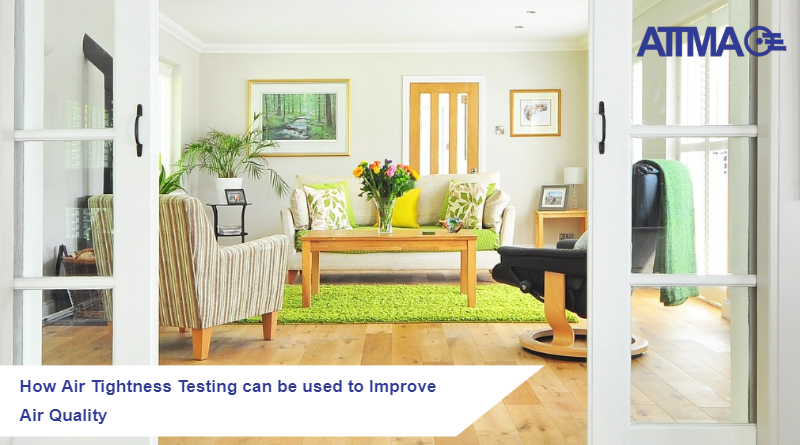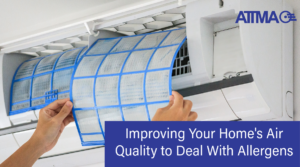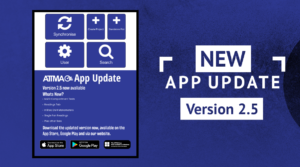In the AIVC March newsletter, an article was based on Gaëlle Guyot of Cerema, France, PhD thesis on 3rd December 2018 entitled “Towards a better integration of indoor air quality and health issues in low-energy houses: Development of a performance-based approach for ventilation”
Future building regulations in building performance, is going to be extended to include indoor air quality (IAQ). The PhD thesis developed a performance-based approach to ensure that ventilation is designed to avoid risks related to occupant’s health.
Air Tightness Testing is often included in the energy performance calculation (EPC) since, more consideration is often given to the EPC than to IAQ issues, however the impact of several zones inter-connected by leaks on the envelope is rarely investigated.
The Study
The study was conducted on 23 detached houses, and an innovative database was developed which included air leakage from 456 exterior and internal partition walls. Once analysed, it revealed that internal air leakage can become as significant as door undercuts and the type of building structure has a significant impact.
They proposed that the air leakage values and dispersion input data for multi-zone IAQ models. Then through a case study, they quantified the impact of the air-leakage data in IAQ. CO2, humidity and formaldehyde with two types of ventilation were modelled. They were then able to highlight significant impacts and concluded that the detailed air leakage distributions should be used in IAQ performance assessment methods.
They demonstrated that such an approach could help with key choices at the design stage, such as the type of structure, the type of ventilation system and the level of pollutant emissions. They were also able to show that such an approach could help with the ventilation design, notably the distribution of the air inlets and outlets or even the airflows in order to secure the fulfilment of IAQ requirements.
Source – AIVC March 2019 Newsletter.
More information can be found, in French, at https://www.cerema.fr/fr/actualities/gaelle-guyot-soutenu-sa-these-performance-ventilation





